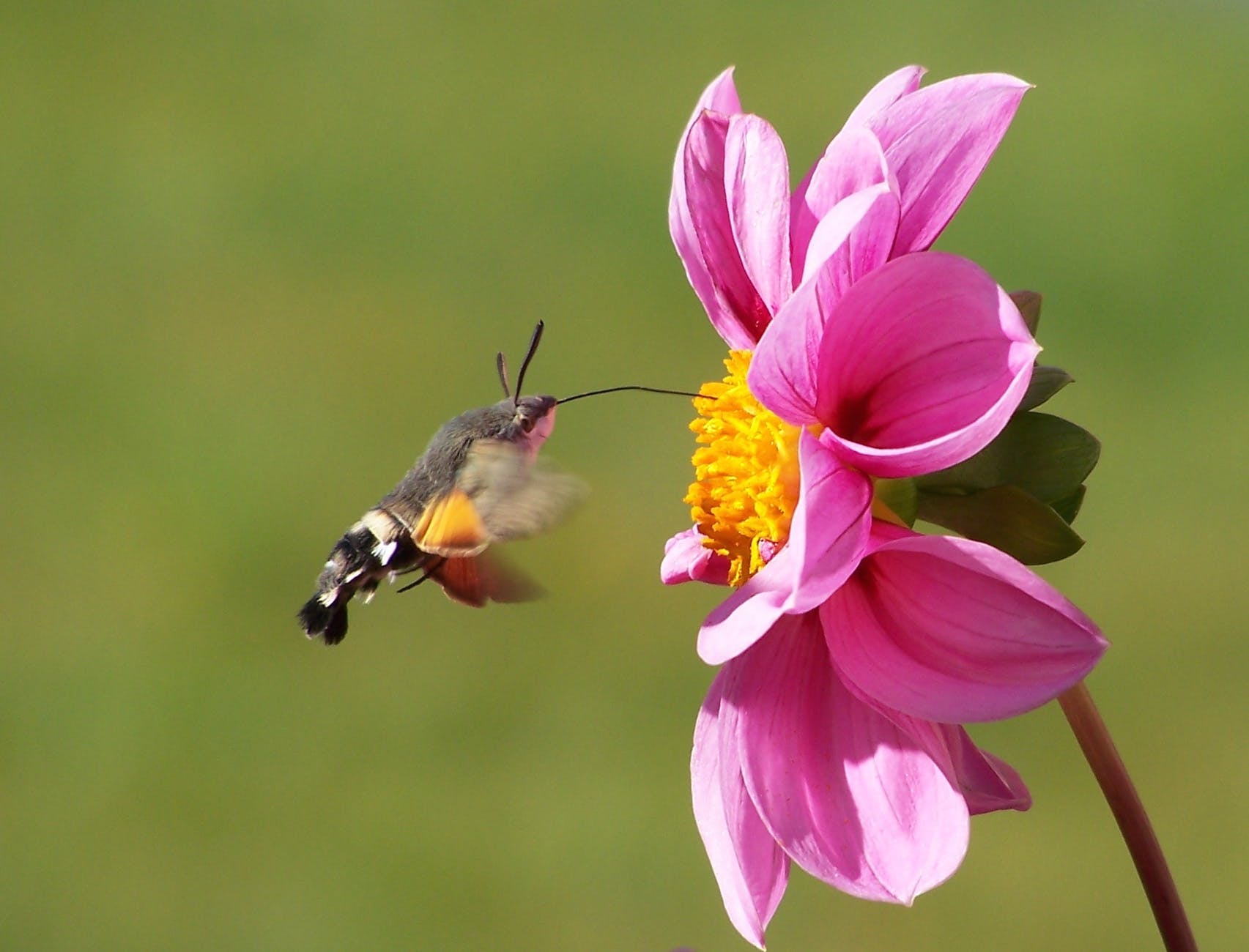Animals with the weirdest tongues in the world and their eating habits

Animals are amazing creatures that share many characteristics with humans, and one of them is eating. Of course, animals eat to survive unlike people, who eat when we’re bored, happy or depressed. There is nothing special about the eating and drinking habits in most of the animals, while there are some species with weird tounges that have a unique mechanism of eating. If you think that there is nothing interesting about tounges and how they function in different species, then you are wrong. Here are some of the planet’s weirdest tounges that you will be glad to learn about. Let’s get started!
The chameleon’s tongue is one of the fastest in the world

Chameleons are colorful lizards, masters of mimicry, that some people even have as pets. They have fast tounges that they can stretch 1,5 times its body length. Tounge hunt is the only way the chameleon catches its preys. If it wasn’t for their extra large and fast tounges, the chameleons wouldn’t be able to eat. Some of us think the way chameleons eat is awe-inspiring, others say it’s gross, but one thing it’s sure – their tongue mechanism is unique.
Woodpeckers have extremely long tongues

The green woodpecker’s tongue is so long that it rolls around the eyes and the right nostril inside the bird’s skull which is the only way it can fit in the head. As you already know, everything happens for a reason in nature, so is the green woodpecker’s freaky tongue. They use the extended tongue to clean out the holes they make in the trees and munch the ants and the other insects.
Blue whale tongues weigh 6.000 pounds

The blue whale is the largest among the water mammals. According to their big body, their tongue is also with enormous proportions, to be exact, the blue whale’s tongue weighs about the same as an entire African elephant. They use their tongues to push as much as fish possible in their mouth. These majestic giants are also known as the largest animals that ever lived on our planet.
Pangolins have long and sticky tongues

Pan – what? Pangolins are mammals, closely related to the anteaters. They have a long and slippery tongue that they use to stick in the ant holes and eat as many ants as possible. 40-inches long, pangolin’s tongue start deep in its chest cavity. It’s actually longer than the animal’s entire body.
Hummingbirds can only drink nectar with the tip of their tongue

HUmming birds are beautiful tiny birds, typical for the tropical regions. They are super-fast and they feed on nectar. There is no person in the world that doesn’t jump out of happiness when a hummingbird shows up around. Their tongues developed a unique mechanism that is similar to a micropump that suction the nectar from the flowers. It is something similar to when we drink a juice with a straw and we use our cheeks as a vacuum, but the difference is they don’t have a vacuum.
Okapi can leak its own eyes and ears

Okapi is a weird looking animal, related to the giraffe, but wearing kind of a zebra costume. Their tongue is so long that they can leak their own eyes and ears, which is how they clean them and keep the unwanted bugs away. However, the primary use of their long tongue is to strip leaves off trees and place them in their mouth.
As you can see there are weird tongues out there and they are all used to catch prey or reach out for leaves and nectar. If you have never seen any of these weird animals, start planning a trip to the closest wilderness and find out where and how they live. Good luck!
If you have any comments then please drop us a message on our Outdoor Revival Facebook page
If you have a good story to tell or blog let us know about it on our FB page, we’re also happy for article or review submissions, we’d love to hear from you.
We live in a beautiful world, get out there and enjoy it. Outdoor Revival – Reconnecting us all with the Outdoors.
